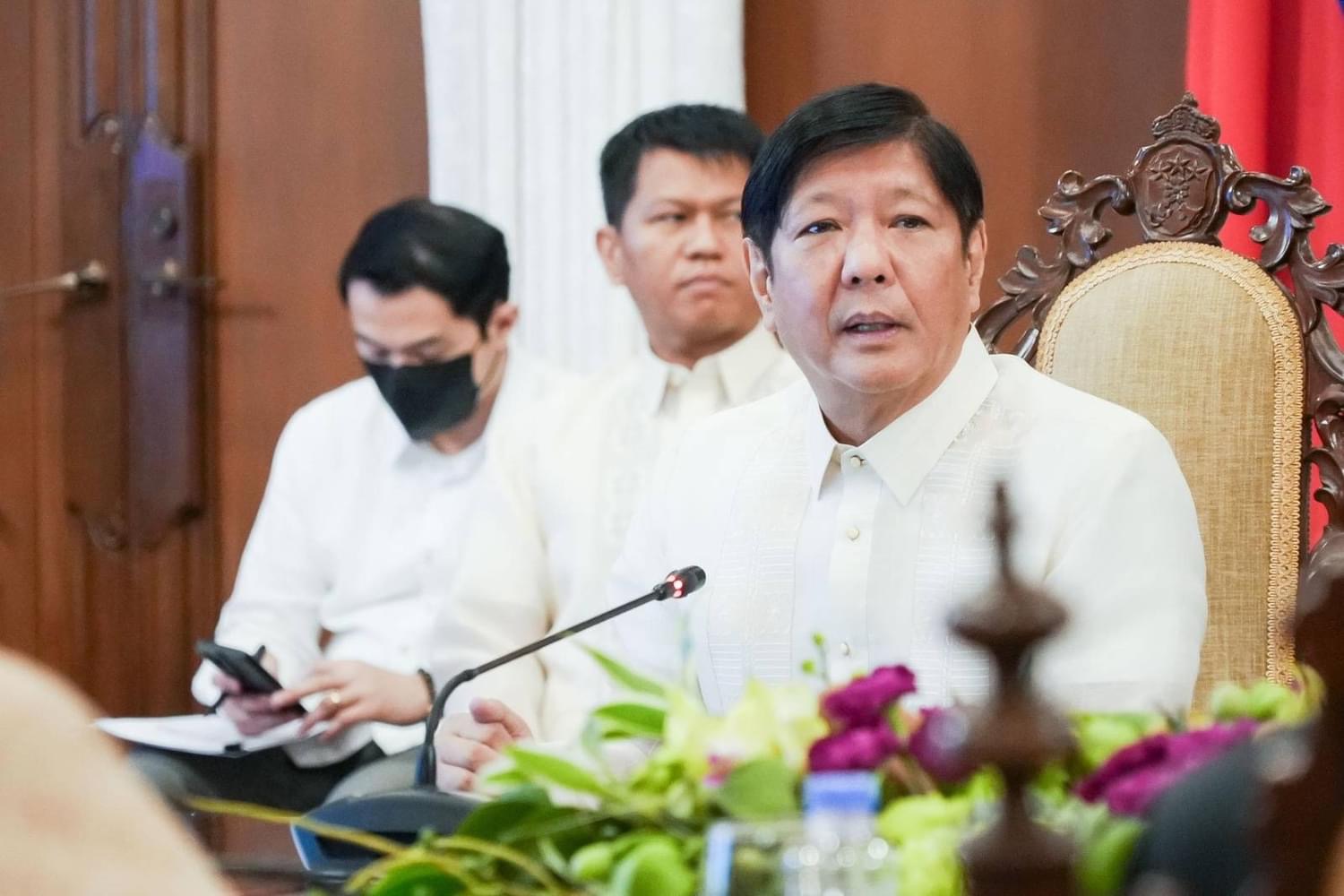PBBM issues new EO regulating protocol license plates
By Raymund Antonio and Raymund Antonio
President Marcos has ordered the regulation of the issuance of protocol license plates to government officials and the reduction of the number of eligible officials from 15 to 12.
 President Ferdinand 'Bongbong' Marcos Jr. (Photo from the Presidential Communications Office)
President Ferdinand 'Bongbong' Marcos Jr. (Photo from the Presidential Communications Office)
Protocol plates, also known as low-numbered plates, are license plates assigned to vehicles used by the country's top officials.
Under Executive Order No. 56, which amends and repeals EO No. 400 series of 2005, the Chief Executive, removed the poll body chief, cabinet undersecretaries, and regional trial court (RTC) judges from the list of eligible government officials to use the protocol license plates.
Marcos added instead the chairpersons of the constitutional commissions and the ombudsman.
In signing the current EO, he cited the need to amend the previous EO because “it has been observed that complaints about the proliferation and unauthorized use of protocol license plates continue to increase over the years, threatening public safety and undermining the integrity of the vehicle registration system.”
Under EO 56, the President shall be assigned the protocol license plate number one; the Vice President, two; the Senate President, three; the Speaker of the House of Representatives, four; the Chief Justice of the Supreme Court, five; the Cabinet Secretaries, six; the Senators, seven; members of the House of Representatives, eight; Associate Justices of the Supreme Court, nine; Presiding Justice of the Court of Appeals (CA), Court of Tax Appeals (CTA) and Sandiganbayan, and Solicitor General, 10; chairpersons of the Constitutional Commissions and Ombudsman, 11; and Chief of Staff of the Armed Forces of the Philippines (AFP) and chief of the Philippine National Police (PNP), 14.
The EO said that “all other officials with equivalent rank as the above authorized officials may be allowed to use protocol license plates” subject to the recommendation from the Land Transportation Office (LTO), approval of the Secretary of the Department of Transportation (DOTr), and based on the list of all officials with equivalent rank as the above authorized officials of the Department of Budget and Management (DBM).
It also added that while the associate justices of the CA, CTA, and Sandiganbayan may be allowed to use protocol license plates upon the recommendation of the LTO and approval of the DOTr secretary, “this shall not be construed to authorize all other officials with equivalent rank as the Associate Justices of the CA, CTA and Sandiganbayan and below to use protocol license plates.”
Except for the President, Vice President, Senate President, Speaker of the House of Representatives, and Chief Justice of the Supreme Court, who are allowed a maximum of three pairs of protocol license plates, all other authorized government officials will only be allowed a maximum of two pairs of protocol license plates.
The three-page EO stated that the protocol license plates shall only be valid during the officials’ incumbency and may only be used in motor vehicles assigned to them.
The license plates shall be surrendered to the LTO upon the officials’ retirement, resignation, separation from office, or end of term or tour of duty.
“All previously-issued protocol license plates issued pursuant to EO No. 400, as amended, except those issued to incumbent authorized officials under Section 1 hereof, are deemed expired,” the EO read.
“The LTO in coordination with concerned agencies, is hereby directed to revoke and/or confiscate all expired protocol license plates, subject to existing laws, rules and regulations,” it added.
The EO also expressly prohibits the assignment and transfer of protocol license plates to unauthorized persons or vehicles.
“Violation of this prohibition, as well as the unauthorized use of protocol license plates, shall be sufficient cause for the revocation of the herein granted authority, confiscation of issued protocol license,” the EO said, adding that there would also be penalties and administrative sanctions pursuant to existing laws, rules, and regulations.
The EO ordered the DOTr “to develop and maintain a registry of protocol license plates issued to all authorized government officials and/or motor vehicles” and together with the LTO, to “formulate and issue guidelines for the effective implementation hereof, which shall include the requirements and process for application, approval, issuance, return, and confiscation of protocol license plates, among others.”
The EO shall take effect immediately after its publication in the Official Gazette or in a newspaper of general circulation.